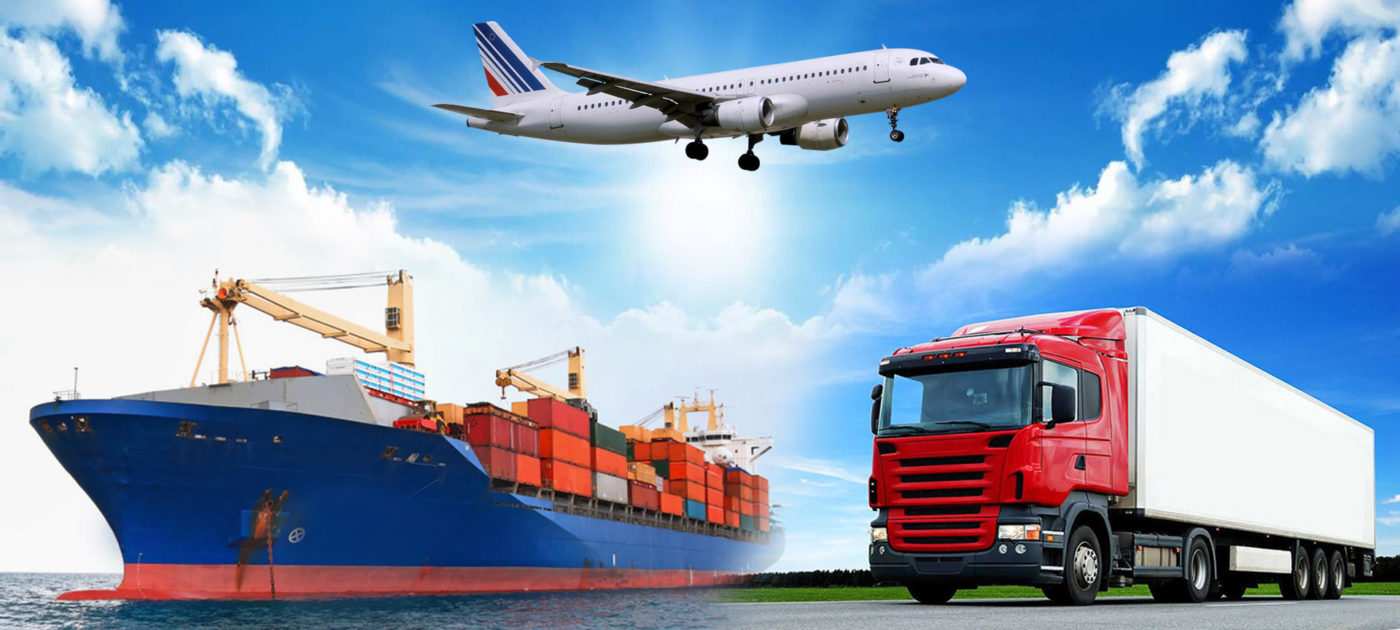When transporting live animals by air, one of the goods that has particular service needs is live animals. Because of the varying biology of live animals, its transportation must be done appropriately to ensure the safety of each particular animal.

Classification of transportation of live animals by air
Transport of live animals by air is divided into 5 different categories:
- AVI-01: Arthropods; insects; crustaceans (shrimp, crab), frogs, frogs; male; scallops, snails, mussels; mollusks; worms; fish, crocodile; turtle, tortoise; reptile kinds.
- AVI-02: Mammals weighing 50 kg or more, such as pigs, whales, and ostriches…
- AVI-03: Small and medium-sized mammals weighing less than 50 kg (excluding pigs), such as goats and sheep; monkeys; dogs and cats; poultry, birds, chickens, ducks, geese, geese weighing 100 grams or more; geese weighing 100 grams or more.
- AVI-04: Birds weighing less than 100 grams, hens, ducks, geese, and baby geese.
- AVI-05: Animals with foul scents, such as civets, skunks, and hyenas.
The carriage of live animals by air must adhere to the Convention on International Trade in Endangered Species of Wild Fauna and Flora (CITES), the IATA Live Animal laws (LAR), and the appropriate carriers’ live animal transport laws.
Parties’ responsibilities in the process of transporting live animals by air
The shipper is responsible for preparing the relevant documentation for the air transportation of live animals. The shipper must prepare documents such as: Import License, Export License, Health Certificate, and Other Certificates (certificate of origin, certificate of captivity, certificate of artificial cultivation, certificate of plant quarantine, certification of live animals of traveling exhibitions, and so on) depending on the nature of each live animal.
It is also the responsibility of the shipper to ensure that animals are transported in appropriate enclosures marked and labeled according to the service requirements of the live animal. It is imperative to provide emergency contact information and consignee-specific information in the event of an issue.
The Carrier’s Responsibilities
The carrier is responsible for assuring the safety of any live animals in transit by air. A carrier’s key tasks include: adhering to the “IATA Live Animal Acceptance Checklist” when accepting live animals, ensuring that the supporting documentation is complete, and that the enclosure meets regulations. right design, marking, and labeling to carry live animals safely to their destination by placing them in a designated space on the aircraft.

Other stakeholders’ obligations
Other parties must also ensure the safe movement of live animals. Ground support employees must be trained to handle live animals with care, and freight forwarders must appropriately complete all essential documents. Proper enclosure labeling will assist stakeholders in receiving specific servicing instructions and reducing the possibility of animal damage.
Transporting live animals:
The construction, size, ventilation, and other elements of the crate are vital to the safety and the health when transporting live animals, so the following should be ensured:
- Containers must be adequately built for live animals and must adhere to IATA live animal transport requirements.
- The cage’s size and ventilation must be appropriate for each animal. Feed and water troughs must be accessible from the outside, and cages must be arranged so that service employees can care for animals safely.
- The crate must be in good condition in order to carry in a stable structure. When loading and unloading with an excavator, the crate must have a base that is at least 5 cm high but no more than 15 cm high.
- The crate must be resistant to wastewater leakage from live animals during shipping, and the bed must be waterproof using absorbent materials supplied by the shipper that are appropriate for each type of animal. Using straw or hay as absorbent material is not permitted.
- The crate must be robust and secure enough that animals cannot escape or endanger the attendant while the aircraft door is open.
Labeling and marking of transporting live animala
- It is the shipper’s responsibility to mark and label all live animal enclosures for air shipment.
- Marking must be long-lasting and either printed or marked immediately on the outside of the package.
- English is the mandatory language to use in international transportation, in addition to the language required by the appropriate authorities.
- Unless otherwise specified, each shipment must contain at least one live animal label.
- Unless otherwise specified, animal care instructions (feeding, drinking) must be attached to the packaging (provided in the kit).
- At least two opposite sides of the package must have directional labels.
- Experiment animal shipments must be labeled with “Laboratory Animals” or “Specific Pathogen Free” SPF.
- When fastened, labels should not obstruct air vents, especially on tiny items.
Don’t forget to check out our popular article:
The History of the VietJet Air Cargo Industry
Indochina Post Cargo Handling Services Introduction




